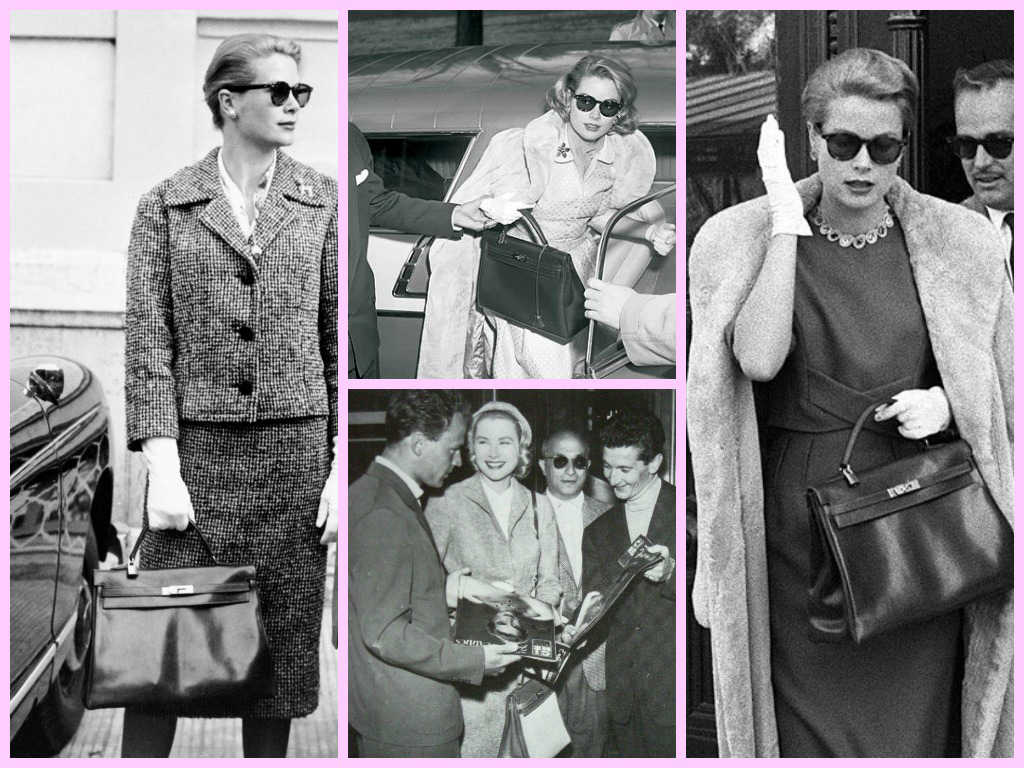
History of the stock exchange
The purse, from the Greek “exchange” (leather), was born as a purely masculine accessory to contain money and small precious objects. The first leather pouches were in fact made by leather craftsmen or saddlers to use them for their commercial activity.
The premium walking bags with chain shoulder straps or rigid handles they appear around 1890, when from a purely professional accessory, the bag becomes a commonly used accessory. Women in this period also begin to travel, thanks to the diffusion of transport, and this gives rise to the need for luggage with more feminine and refined finishes and details.
Throughout the First World War, bags were used to move around, so they were made from sturdy leather and they are very large.
With the end of the war, however, women began to move not only for travel but also began to go out for recreational activities such as dancing. This leads to the emergence of cover, a rectangular and square bag, with or without shoulder straps which, made of various materials, lends itself well to accompanying the ladies on their outings and to be combined with the new, more streamlined and knee-length dresses.
But it was in 1926, thanks to Chanel's petite robe noire (the little black dress), that the bag was consecrated to essential accessory to complete the female outfit.

In the thirties, models that have become timeless and iconic like the case, made of metal or precious leathers such as crocodile or tortoiseshell, to hold the powder and lipstick of the ladies or the black envelope with diamond quilting which we still simply call Chanel today. Also in these years Gucci presents its new bag inspired by horse riding decorated with the unmistakable green and red band and Hermès offers the bucket, a roomy and practical bag ideal for accompanying ladies in their free time. Women are starting to pay more and more attention to their outfit and to differentiate their bags throughout the day: day bags are practical and roomy and are combined with the color of the clothes, while for the evening small bags are preferred, preferably made with same fabric as the dress or with precious leathers and enriched with rhinestones and sequins.
During the Second World War, women needed capacious bags, for shopping or cycling, but which became large containers when it was necessary to evacuate or flee; therefore, bags were born in less precious and expensive materials used until then for hats, such asfaux leather (leather or imitation leather), the felt or fabrics like the hemp, the today o to seta.
With the end of the war, also to forget the horrors experienced, there was a strong focus on fashion and social life and the bag reached the peak of its importance.
The divas begin to set trends and in this period iconic bags such as the "kelly”, rigid bag with padlock closure made by Hermès, worn in 1956 by Grace Kelly. Also unforgettable is Audrey Hepburn wearing Gucci bags or Jacqueline Kennedy with the rectangular bag with the H-shaped closure. We are witnessing the return of an image of an elegant and formal woman and, also for this reason, coordinated pochettes with the dress.
The sixties are a riot of proposals and novelties, there are rigid and structured bags such as trunks and briefcases or practical bags with many pockets, zips or bellows to be worn even over the shoulder. Various materials are experimented for the day bag such as plastic, straw and fabric in floral, striped or polka dot patterns, while for the evening bag golden leathers or precious fabrics decorated with pearls and rhinestones are used.
The bag is increasingly becoming an indispensable element in the female outfit, not a simple container, but an integral part of a woman's image.
Quick links
Privacy
Legal
Shipping
Terms of Service
Returns
Contact
Newsletter
About Us
Celebs
For Businesses
What They Say About Us
Accepted Payments:
© Copyright2025
QGbags
Powered by Shopify
Powered by Shopify
